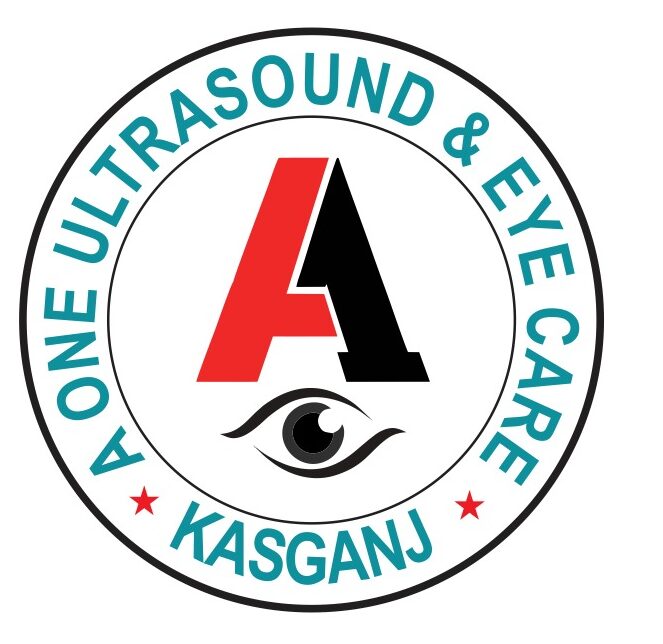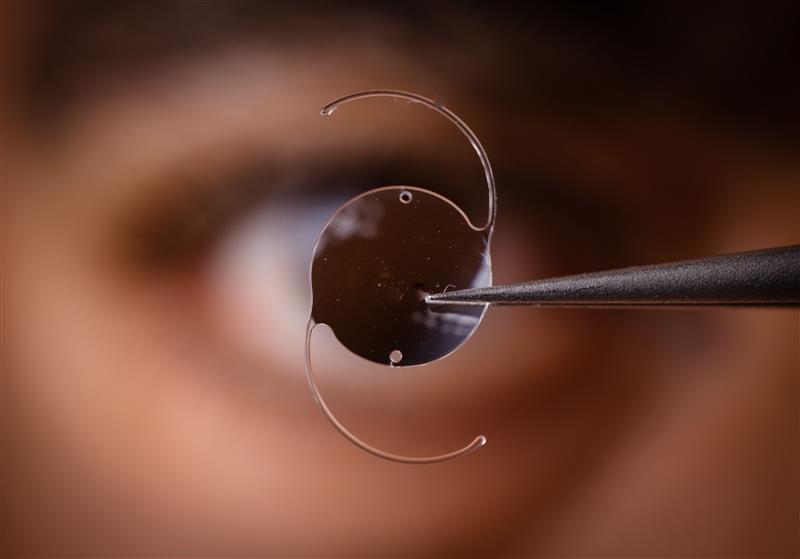Introduction to Intraocular Lenses (IOLs)
Many people hear about intraocular lenses, or IOLs, when they need cataract surgery. But what are the different types of intraocular lenses? IOLs are small, artificial lenses placed inside the eye. They help restore clear vision after the natural lens becomes cloudy. In fact, IOLs have helped millions of people see better. This guide explains the main types of IOLs and how they work.
Why Are IOLs Used?
Doctors use IOLs most often during cataract surgery. Cataracts make the eye’s natural lens cloudy, which causes blurry vision. After removing the cloudy lens, the surgeon places an IOL in its place. Sometimes, IOLs are also used for vision correction in people who do not have cataracts. For example, some people choose IOLs to reduce their need for glasses or contact lenses.
Main Types of IOLs
There are several types of IOLs. Each type has its own features and benefits. Below are the main types of intraocular lenses:
How to Choose the Right IOL
Choosing the best intraocular lens for cataract surgery or vision correction depends on your needs. First, think about your daily activities. For example, do you read a lot or drive at night? Next, consider if you have astigmatism or other eye conditions. Your eye care specialist will measure your eyes and discuss your options. They will help you pick the IOL that fits your lifestyle and vision goals.
Benefits and Limitations of Each Type
Each type of IOL has its own pros and cons. Here is a quick overview:
According to the World Health Organization and leading eye experts, IOLs are safe and effective. But, no single lens is perfect for everyone.
Frequently Asked Questions About IOLs
Conclusion and Next Steps
In summary, there are many types of IOLs to choose from. Each offers unique benefits for vision correction. However, the best intraocular lens for cataract surgery or vision correction depends on your eyes and lifestyle. Consult an eye care specialist to discuss which type of intraocular lens is best for your needs.

